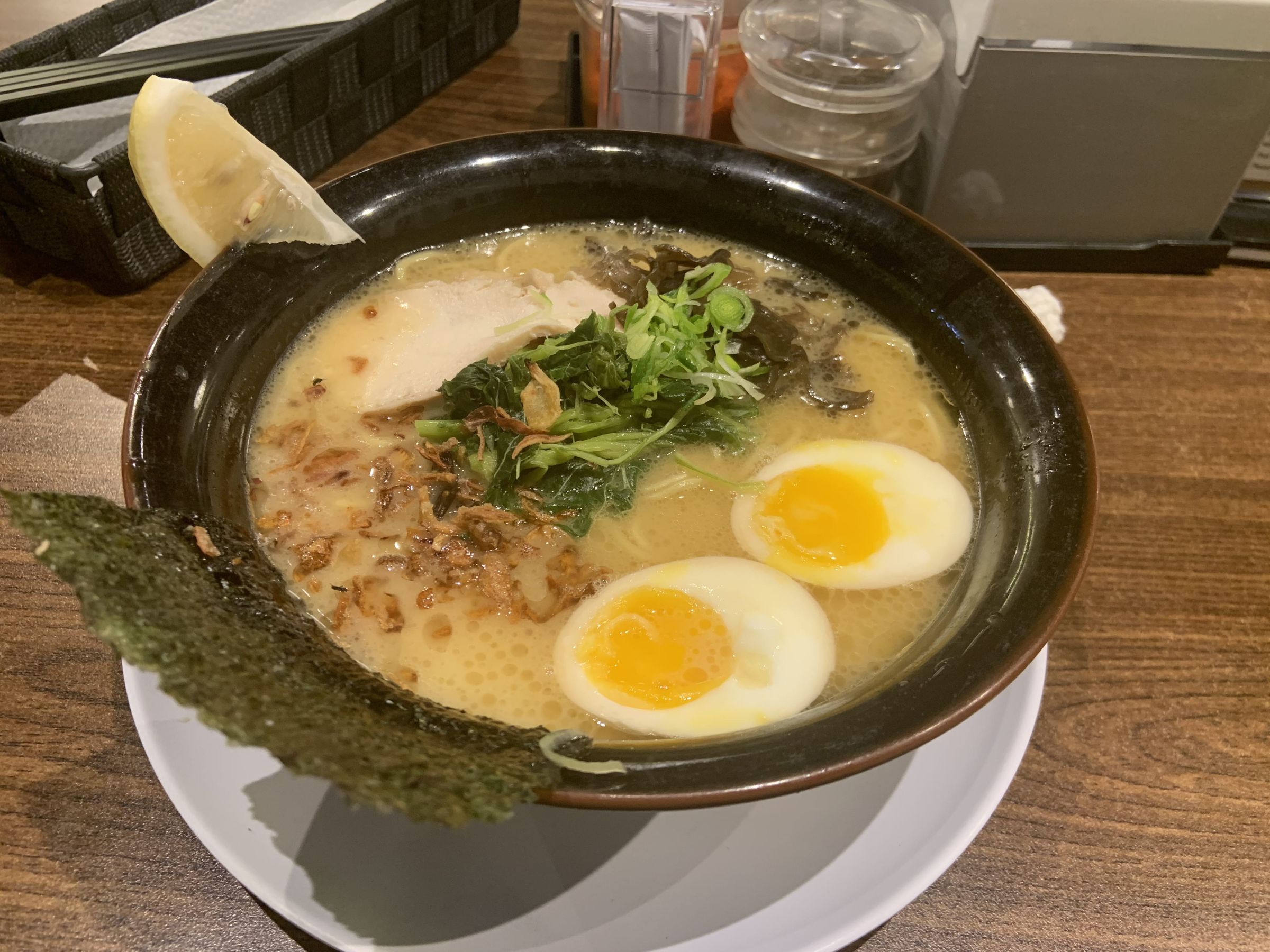Japanese Cuisine
Why Japanese Cuisine is Taking Malaysia by Storm?
Japanese cuisine has become increasingly popular all around the world, and this trend is especially evident in Southeast Asia, including Malaysia. Japanese food is renowned for its unique flavors, beautiful presentation, and health benefits. In this article, we will explore the history of Japanese food, its growth in popularity in Southeast Asia, and how businesses can benefit from this trend.
Japanese Food: A Brief History
Japanese cuisine has a long and fascinating history that dates back over 2,000 years. The cuisine has been influenced by Chinese and Korean cuisine, as well as by the traditional foods of the indigenous people of Japan. Over the years, Japanese cuisine has evolved and become more refined, with an emphasis on fresh, seasonal ingredients and beautiful presentation.
One of the most famous Japanese dishes is sushi, which consists of vinegar-seasoned rice, often with seafood or vegetables. Another popular Japanese dish is ramen, which is a noodle soup that can be served with a variety of toppings, including meat, vegetables, and eggs. Other popular Japanese dishes include udon (thick noodles), soba (thin noodles), tempura (battered and deep-fried seafood or vegetables), and yakitori (grilled chicken skewers).

Japanese Food in Southeast Asia
Japanese food has been popular in Southeast Asia for many years, but it has seen a surge in popularity in recent years. This is due in part to the rise of tourism and the increasing interest in Japanese culture. Many tourists who visit Japan fall in love with Japanese food and seek out Japanese restaurants when they return home. Additionally, Japanese food is perceived as healthy, which is appealing to many people in Southeast Asia who are becoming more health-conscious.
In Malaysia, Japanese food is particularly popular. There are many Japanese restaurants throughout the country, serving everything from sushi to ramen to udon. Many of these restaurants are located in shopping malls, which are popular destinations for Malaysians to eat and socialize. Some Japanese restaurants in Malaysia also offer fusion dishes that combine Japanese flavors with local ingredients, such as sushi rolls with durian.
Business Benefits and Potential
The popularity of Japanese food in Southeast Asia presents many opportunities for businesses. Japanese food businesses can expand into the Southeast Asian market, either by opening new restaurants or by exporting Japanese ingredients and products. Additionally, businesses in Southeast Asia can partner with Japanese food businesses to create fusion dishes that appeal to local tastes.
Another potential benefit for businesses is the growing interest in Japanese culture among young people in Southeast Asia. This presents opportunities for businesses to market products that are associated with Japanese culture, such as anime, manga, and Japanese cosmetics.
Conclusion
Japanese food has become increasingly popular in Southeast Asia, including Malaysia. This trend presents many opportunities for businesses to expand into the market or to partner with Japanese food businesses.
Additionally, the growing interest in Japanese culture among young people in Southeast Asia presents opportunities for businesses to market related products. Furthermore, the popularity of Japanese food in Malaysia and other Southeast Asian countries has also led to an increase in the number of Japanese restaurants and food chains opening up in the region. This trend has created opportunities for local entrepreneurs to enter the market by opening their own Japanese-themed restaurants or partnering with established Japanese food businesses.
In addition to restaurants, the popularity of Japanese food has also led to an increase in demand for Japanese ingredients and cooking tools. This presents opportunities for businesses that specialize in importing Japanese food products, such as sushi-grade fish, miso paste, and Japanese cooking knives.
Moreover, Japanese culture has become increasingly popular among young people in Southeast Asia, particularly in Malaysia. This trend has created opportunities for businesses to market related products such as Japanese fashion, anime, manga, and other cultural products. For example, fashion retailers can offer Japanese-inspired clothing lines, while entertainment companies can organize events featuring Japanese pop culture.
Overall, the increasing popularity of Japanese food and culture in Southeast Asia presents numerous opportunities for businesses to expand and diversify their offerings. By understanding local preferences and cultural nuances, businesses can tap into this trend and achieve success in this dynamic and growing market.